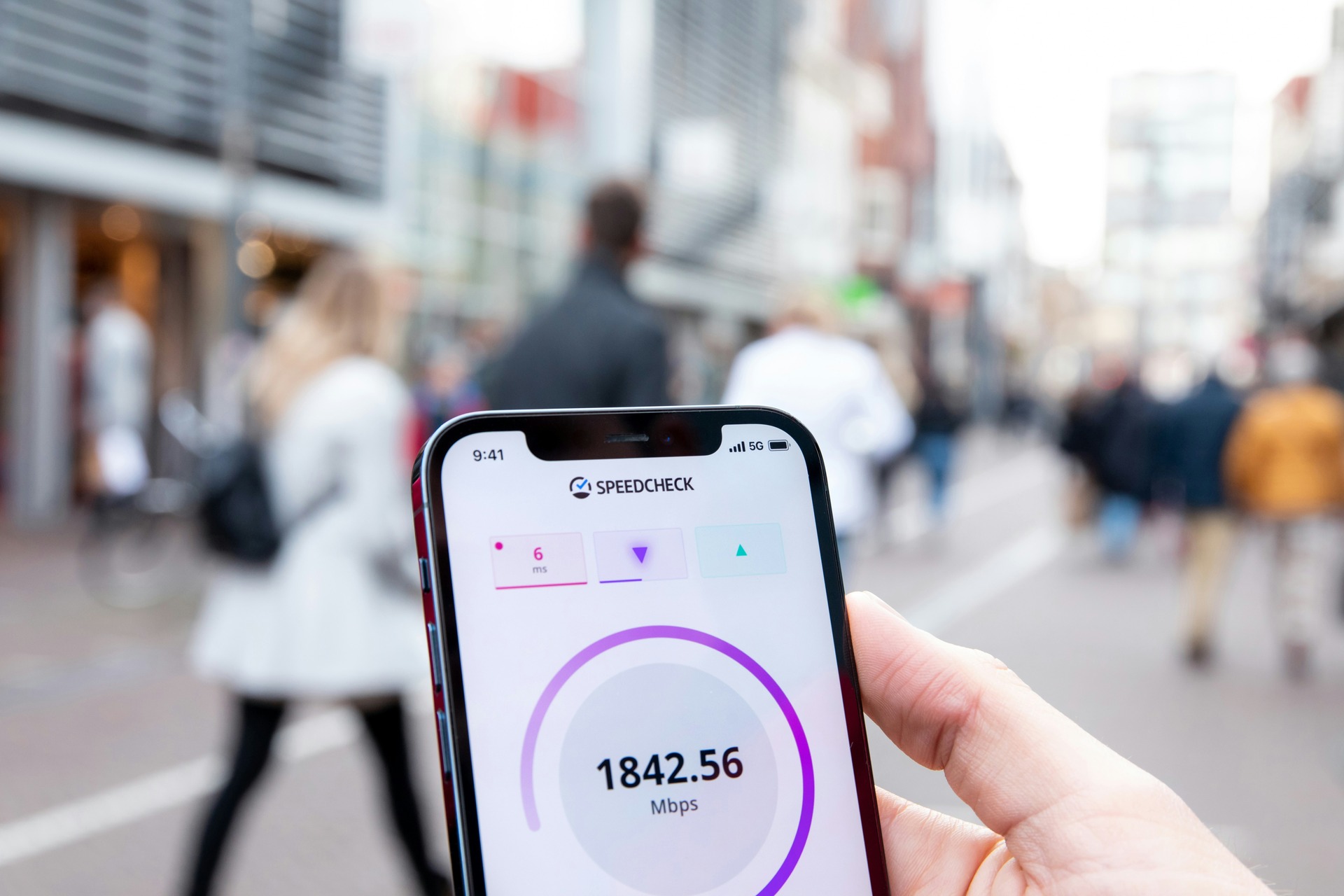Wondering how automation can increase efficiency? Automation isn’t some distant technological promise — it’s here today. It also hasn’t brought the job apocalypse that many feared. Many industries have more job openings than they can fill, even with automated technologies in the mix in a big way.
Individuals have a lot of opportunities to use automation to their advantage, too. So how does automation help us get more done? And what are some useful automation tools we can begin using today? Here’s a brief dive into personal efficiency-hacking.
What’s the Difference Between Efficiency and Productivity?
It’s worth understanding what people mean when they talk about “efficiency” and “productivity.” Here’s a breakdown:
- Productivity describes the amount of work done by a person or group.
- Efficiency describes the quality of work relative to the amount of time it took to perform.
The difference comes down to quality versus quantity. If a manufacturing company assembles 1,000 products more per hour than their rivals, they’re more productive than the competition. However, if 400 of those products fail quality checks every time, they’re probably far less efficient. Their productivity is no longer a good measure of how much they can get done.
By finding ways to boost your efficiency through automation, you’ll be able to increase your focus and engage with your most essential tasks with a clear head and a renewed purpose.
How Automation Can Increase Efficiency: Use Cases
The following techniques may prove useful to anybody who’s looking for a way to squeeze more efficiency out of their daily routines and responsibilities.
1. Achieve ‘Inbox Zero’
Like many of us, you probably spend more time in your inbox than you’d like. Notifications can be distracting. And once we read one email, we tend to get sucked into reading the rest. Your email provider probably already has tools to help you do things like:
- Write custom rules for filtering emails into folders automatically.
- “Snooze” emails you don’t have time for now by postponing delivery to your inbox.
- Set up auto-replies during the day or week so you can have uninterrupted productive time to yourself.
Your first stop should be the support pages for custom message filtering in iCloud or creating automated labels in Gmail. From there, you’ll find other ways to achieve “inbox zero” — a state where your inbox shows you only what you need to see when you need to see it.
If you’re looking at this from the sender’s point of view, look into automation tools from providers like MailChimp. You can probably take a lot of the “grunt work” out of keeping your subscribers informed, including automatically scraping articles from custom RSS feeds to include in outgoing email blasts.
2. Set Your Financials on Autopilot
Spending money can be pleasurable, but managing money and budgeting wisely is a task that fewer people enjoy spending time on. So why not autopilot your financial life whenever you can? Here are some ideas:
- Turn on automatic payments for each of your credit cards, subscriptions and utility bills.
- Use accounting software from QuickBooks or others to automatically generate invoices.
- Find personal tax software that takes the frustration out of estimating quarterly taxes by linking with your payment accounts and automatically tagging transactions for you.
Automating your financial accounts ensures they stay in good standing even when you can’t or don’t want to babysit them throughout the week and month.
3. Automate Your Meal Planning
Eating healthy at a reasonable price is one of the top priorities for working professionals. When it feels like there aren’t enough hours in the day to plan meals and cook for yourself, it’s time to automate.
Services like Eat This Much let you input details about your lifestyle and dietary requirements and then receive pre-planned meal calendars that take the guesswork out of wondering what to eat and which ingredients to buy.
It’s easy to get your hands on groceries and household essentials without going through the motions, too. Place an order for pickup and swing by your local supermarket for curbside pickup on your way home from work, no lengthy shopping trip required.
4. Take Advantage of Smart Home and Phone Tools
There are lots of efficiency and productivity tools built right into our smartphones that not enough people take full advantage of:
- Apple’s iPhones have highly customizable Siri Shortcuts to create automatic workflows.
- The Android marketplace has a slew of automation apps available for free or purchase.
- Google Home, Apple HomeKit and Amazon Alexa all support in-home automation to ensure the lights are on, the coffee is ready, the doors are locked, the blinds are opened, and the rest of your living and working environment is ready when you need it to be.
The home or office shouldn’t be the subject of your focus when you’re trying to be productive or creative. Use technologies and tools to make your surroundings conform to how and when you want to work.
You might also consider a calendar or to-do list app that delivers proximity-based alerts when you depart from home or drive close to an upcoming destination. If you’re running the latest OS on your iPhone, you can also configure custom reminders that go off when selected people contact you.
5. Use Distraction-Blocking Software
The digital age brings huge improvements in productivity, but our efficiency can suffer as a result of the many potential distractions.
You have your pick of software for Mac computers as well as Windows for shutting out digital distractions while you’re trying to be productive. If you learn to configure and use them, don’t be surprised if you get more done during the day with more consistent success and higher-quality results.
Do More Stuff, but Do It Better
So that’s how automation can increase efficiency. This is just a brief look at some of the ways. Efficiency is about doing more “stuff” with higher-quality results. That means finding and maintaining an elevated level of focus while you’re being productive.
It requires that you use the right tools, too. Automating is a smart way to fine-tune our personal and professional lives and make sure our head is in the game and our attention is right where it needs to be.
Recent Stories
Follow Us On
Get the latest tech stories and news in seconds!
Sign up for our newsletter below to receive updates about technology trends














